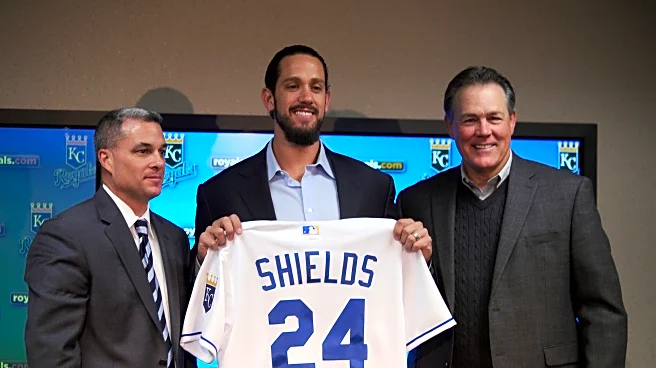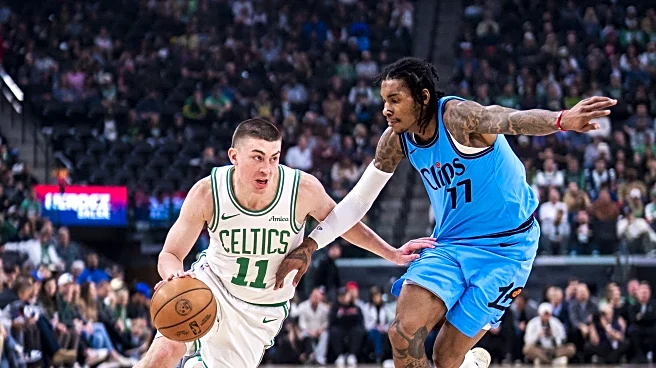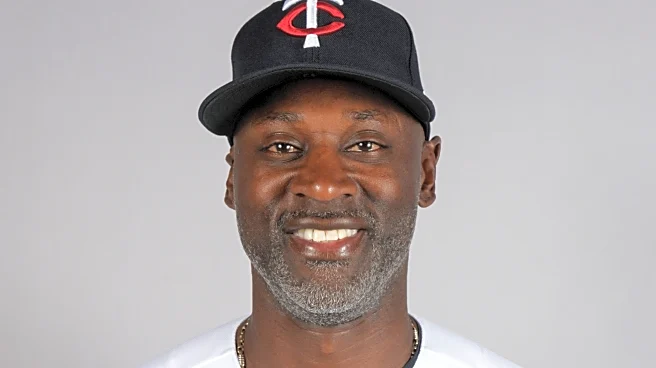I attended my first Royals game in 1988, and that was the first season I followed what was really happening to the team. By 1989, I was a baseball nut, asking to spend my birthday party at the Royals game with
friends, tuning into “This Week in Baseball” each week, and reading coverage from Dick Kaegel at the Star. The Royals were among the best teams in baseball that year, but missed the playoffs because they played in the same division as the powerhouse Athletics club. That winter, I delved into hot stove coverage, reading publications like The Sporting News. That December, the Royals landed marquee free agent Mark Davis, joining Bret Saberhagen to make the Royals the first team with two reigning Cy Young winners on the same roster.
I asked my dad if we could get World Series tickets.
That signing….did not work.
Still, for one offseason, I was pumped. Let’s look back at some of the most exciting offseason moves in Royals history.
December 12, 1989 – Royals sign Mark Davis
Mark Davis won the 1989 Cy Young Award with the Padres by leading the league with 44 saves. His timing was excellent, as he hit the free agent market that winter with salaries spiraling to new highs. The Royals initially bowed out of the bidding on Davis early on, but as the winter progressed, general manager John Schuerholz realized there may be an opportunity after all. Davis wanted to return ot the Padres, but the team would not budge on their “take it or leave it offer.” Davis was not interested in pitching for losing teams like the Tigers, Phillies, or Mariners. And while the Yankees came calling with a large offer, they were also a losing team and a dysfunctional organization.
The Royals swooped in and signed Davis to a four-year, $13 million deal, temporarily making him the highest-paid player in baseball (other players would soon eclipse him that offseason). At the time, the move felt enormous. The Royals had won 92 games in 1989. Adding Davis – and former Oakland pitcher Storm Davis – could help close the gap between them and the mighty A’s.
But Davis was simply not effective. He endured a disastrous May, lost the ninth inning to Montgomery by Memorial Day, and spent much of the season fighting his command. Only later did it become clear that his 1989 Cy Young campaign in San Diego had been boosted by extremely favorable batted ball luck that was unlikely to last.
December 8, 1992 – Royals sign David Cone
Cone was the one who got away – a local kid who attended Rockhurst High School and was drafted and developed by the Royals in the 80s. However, the team had a surplus of pitching talent, and injuries and a lack of control made Cone expendable. He was traded to the Mets, where he immediately flourished, becoming a 20-game winner, an All-Star, and later a world champion with the Blue Jays.
But upon hitting free agency in 1992, the Kansas City kid wanted to come home. Royals owner Ewing Kauffman wanted to make one more big push to win a championship, so he signed Cone to a three-year, $18 million deal that included a $9 million signing bonus, at the time the largest the game had ever seen. That bonus topped the Yankees’ offer, and Cone found his negotiations with the Bronx Bombers “rather strange” due to “chaos in the front office.”
Cone lost his first five decisions due to a lack of run support and drew criticism that first year despite pitching well. He finished with a 3.38 ERA and was third among pitchers in rWAR (7.2) but “only” won 11 games, leading some to think perhaps he was a bust. But no one would deny his greatness the next year when he won 16 games in the strike-shortened season with a 2.94 ERA, winning the only Cy Young Award of his career. Unfortunately, after the work stoppage, the Royals rushed to ship Cone to the Blue Jays in an ill-fated deal and he would later enjoy two All-Star seasons with the Yankees.
January 6, 2004 – Royals sign Juan Gonzalez
The Royals were a lost franchise for a decade following the deaths of the Kauffmans. But in 2003, they lucked into a surprisingly good season that saw them in contention much of the summer. General manager Allard Baird wanted to supplement his young team, but he had limited financial resources and did not want to mortgage the future.
Juan Gonzalez was a two-time MVP who reportedly rejected an eight-year, $140 million offer to stay with the Detroit Tigers in 2000. But instead of cashing in, he got hurt and had to settle for short-term deals with the Indians and Rangers the next few seasons, where he continued to battle injuries. Baird knew Gonzalez was a major injury risk due to his back problems, but the upside was huge if he could stay healthy – Gonzalez had finished fifth in MVP voting in 2001 with Cleveland, hitting .325 with 35 home runs. The Royals signed the 34-year-old to a one-year deal worth $4.5 million with a club option.
Gonzalez started off well, supplementing young stars like Mike Sweeney and Carlos Beltrán in the lineup. But by late May he was out with a back strain. He would not return. Gonzalez played just 33 games in his Royals career, hitting .276/.326/.441 with five home runs. He would play just one big league game the rest of his career.
December 13, 2006 – Royals sign Gil Meche
The Royals had been operating as a poverty franchise since David Glass had bought the team in 2000. But upon being hired to run the team, new general manager Dayton Moore had requested the team increase the resources available to win. The Royals signaled this new direction with a splashy signing that winter, signing former Mariners pitcher Gil Meche to a five-year, $55 million deal.
Meche was young for a free agent, having just turned 28. But he had trouble staying on the mound due to injuries, making as many as 30 starts in a season just twice up to that point. The Royals clearly overpaid to land Meche, outbidding the Cubs and Blue Jays, leading Toronto GM J.P. Ricciardi to question why Meche would want to sign with a losing franchise.
Meche was fantastic the first two seasons for the Royals, although it wasn’t enough to turn around the moribund franchise. The injuries would eventually catch up to him, limiting him to just 32 starts over years three and four of the deal. Rather than collect the final year of his contract while unable to pitch, Meche walked away from the remaining money and retired, earning widespread respect for doing so.
December 9, 2012 – Royals acquire James Shields, Wade Davis, and Elliott Johnson from the Rays for Wil Myers, Jake Odorizzi, Mike Montgomery and Patrick Leonard
By 2012, the Royals had an influx of young talent that had been part of a farm system ranked the best in baseball. Mike Moustakas, Eric Hosmer, Salvador Perez, Lorenzo Cain, and Alcides Escobar seemed to be the foundation of a potential contender. But it hadn’t translated into wins yet. The 2012 club lost 90 games under manager Ned Yost. Dayton Moore felt the team needed an ace at the top of the rotation to take the team to the next level. The team couldn’t afford to land such a player in free agency, so it would require trading from that top-ranked farm system.
Outfielder Wil Myers was named Minor League Player of the Year by Baseball America, and the consensus was he was one of the top five prospects in the game. So it took some chutzpah to deal him, two other top pitching prospects in Mike Montgomery and Jake Odorizzi, and young power-hitting minor leaguer Patrick Leonard to the Rays for two years of All-Star pitcher James Shields, disappointing starter Wade Davis, and utility player Elliott Johnson.
The deal was mostly panned by observers who felt the Royals were not close enough to contention to make such a move. But they made a late run in 2013 and nearly took a Wild Card spot, and Shields helped lead the Royals to a pennant in 2014. Myers would win Rookie of the Year and had a solid career, as did Montgomery and Odorizzi, making this a deal that was pretty beneficial to both sides.
What was the most exciting offseason move in Royals history?













